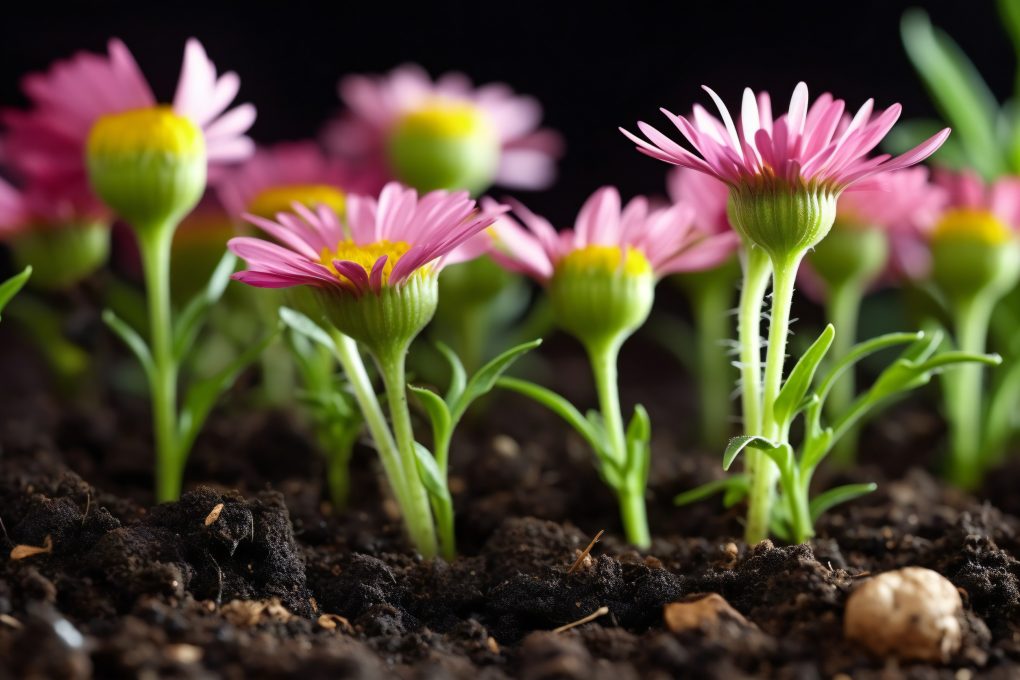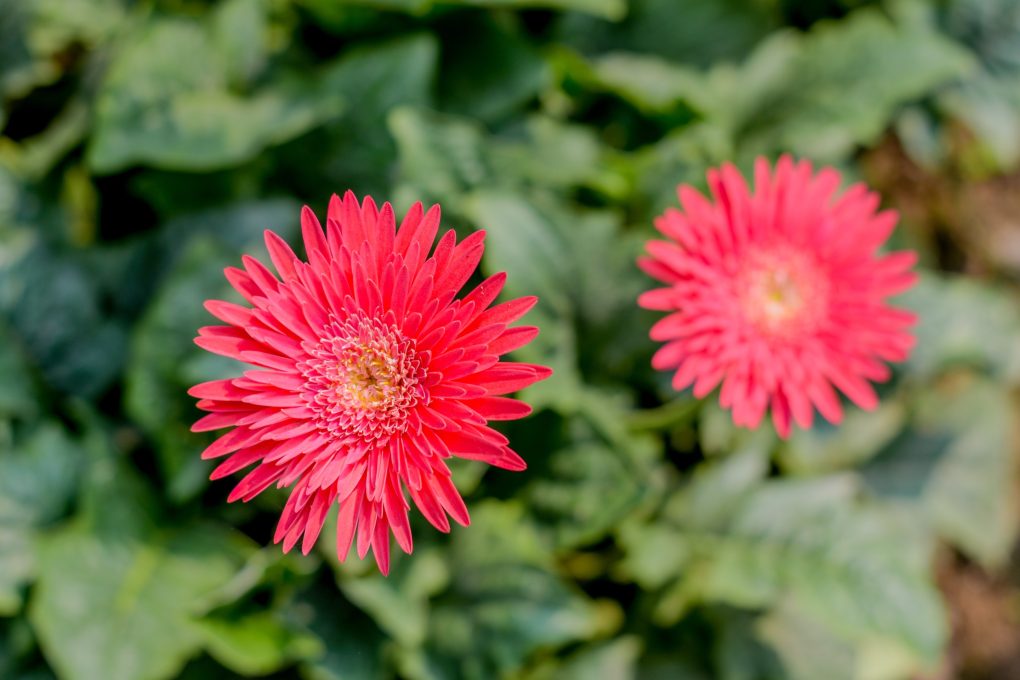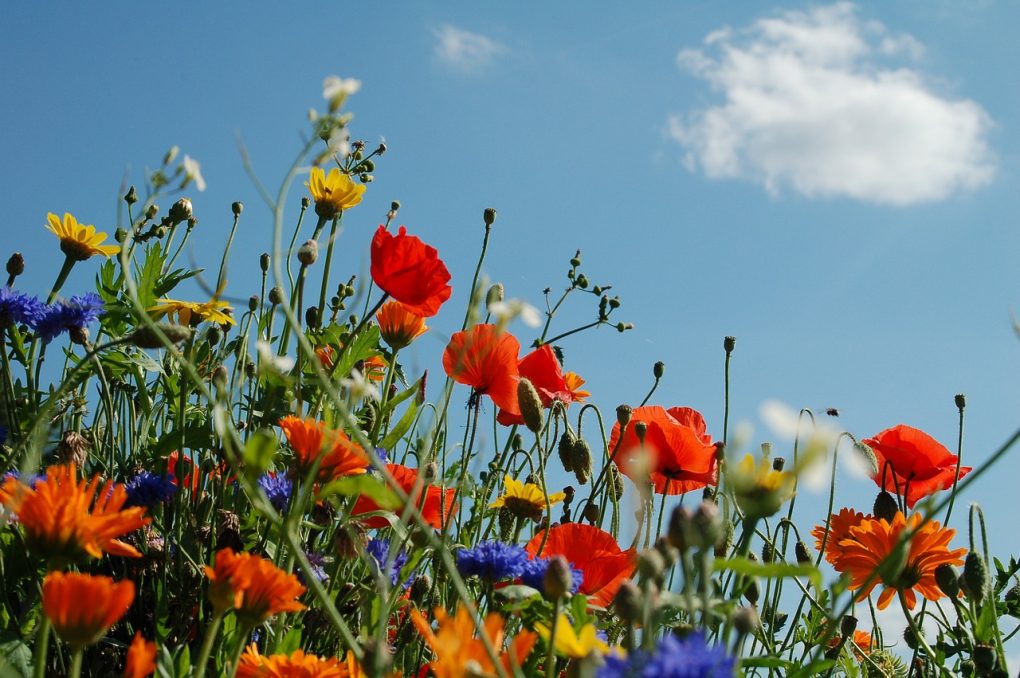Do Gerbera Daisies Multiply? Everything You Need to Know
Gerbera daisies can multiply, primarily through a process called vegetative propagation. This process involves the formation of new plants from the parent Gerbera plant’s roots or rosettes.

Each Gerbera daisy plant can form multiple offshoots, called pups, near its base. These pups can be carefully separated and replanted in separate pots, allowing them to grow into their plants. As the new plants mature, they will also go on to produce pups, increasing your Gerbera daisy collection over time.
Table of Contents
Factors Affecting Gerbera Daisy Multiplication

Environmental Factors
If you’re growing Gerbera daisies, it’s important to keep in mind that they are sensitive to temperature and light. The best temperature range for them is between 60-75°F (15-24°C), and they need at least 6 hours of sunlight per day. Too much direct sunlight can cause the leaves to wilt and burn, so make sure to provide some shade during the hottest parts of the day.
When growing gerbera daisies, humidity is also an important factor to consider. They prefer a humid environment, but too much humidity can lead to fungal diseases, such as powdery mildew. Proper ventilation is important to prevent the buildup of excess moisture.
Cultural Practices
Proper cultural practices are essential for gerbera daisy multiplication. One of the most important factors is soil quality. Gerbera daisies prefer well-draining soil that is high in organic matter. Adding compost or other organic matter to the soil can help improve drainage and provide essential nutrients.
Regular fertilization is also important for gerbera daisy multiplication. Healthy growth and flowering can be promoted with fertilizers containing equal amounts of nitrogen, phosphorus, and potassium. However, over-fertilization can lead to excessive vegetative growth and reduced flowering.
Proper watering is essential for gerbera daisy multiplication. They require regular watering, but overwatering can lead to root rot and other fungal diseases. Therefore, it is important to water them deeply but allow the soil to dry out slightly between waterings.
Methods of Gerbera Daisy Propagation

Gerbera daisies are beautiful and vibrant flowers that can be easily propagated through various methods. Following these techniques, you can expand your gerbera daisy collection and enjoy their stunning blooms.
1. Division
One of the simplest and most popular methods of propagating gerbera daisies is through division. Here’s how you can do it:
1. Choose a mature gerbera daisy plant with healthy growth.
2. Carefully dig up the plant, making sure to preserve the root system.
3. Gently separate the plant clumps, ensuring each division has its own set of roots and leaves.
4. Plant the divisions in well-draining soil, ensuring the crown is leveled with the soil surface.
5. Water the newly planted divisions and provide them with adequate sunlight.
2. Stem Cuttings
Another popular method for propagating gerbera daisies is through stem cuttings. Follow these steps to propagate your gerbera daisies using this method:
1. Select a healthy gerbera daisy plant with strong stems.
2. Using a sharp, clean knife or scissors, cut a 4 to 6-inch section from the stem, just below a leaf node.
3. Remove lower leaves from the cutting, leaving only a few at the top.
4. Next, dip the cut end of the stem into a rooting hormone to encourage root development.
5. Place the cutting into a well-draining potting mix or a mix of peat and perlite.
6. Cover the cutting thoroughly with a plastic bag or a propagator to create a humid environment.
7. Keep the cutting in a warm location with indirect sunlight.
8. After a few weeks, check for root development by gently tugging on the cutting. If you feel resistance, roots have likely formed.
9. Once the roots have developed, transplant the cutting into its own pot or garden bed, and continue to care for it as you would with a mature plant.
3. Seed Propagation

While gerbera daisies can be propagated from seeds, this method requires more time and patience. Here’s how you can propagate gerbera daisies from seeds:
1. Obtain gerbera daisy seeds from a reputable source.
2. Prepare a well-draining seed starting mix for seeds or small pots.
3. Sow the gerbera daisy seeds on the soil’s surface, gently pressing them down.
4. Lightly cover the seeds with a thin layer of the seed starting mix.
5. Mist the soil with water to keep it moist but not waterlogged.
6. Place the tray or pots in a warm and bright location, away from direct sunlight.
7. Germination typically takes around two to three weeks. Maintain consistent moisture in the soil during this time.
8. Whenever the seedlings have several sets of true leaves, transplant them to individual pots or a garden bed, spacing them appropriately.
9. Continue to provide the seedlings with proper care, including regular watering and adequate sunlight.
By utilizing these propagation methods, you can successfully expand your gerbera daisy collection and enjoy the beauty of these captivating flowers. Remember to be patient and provide care to ensure healthy growth and vibrant blooms.
